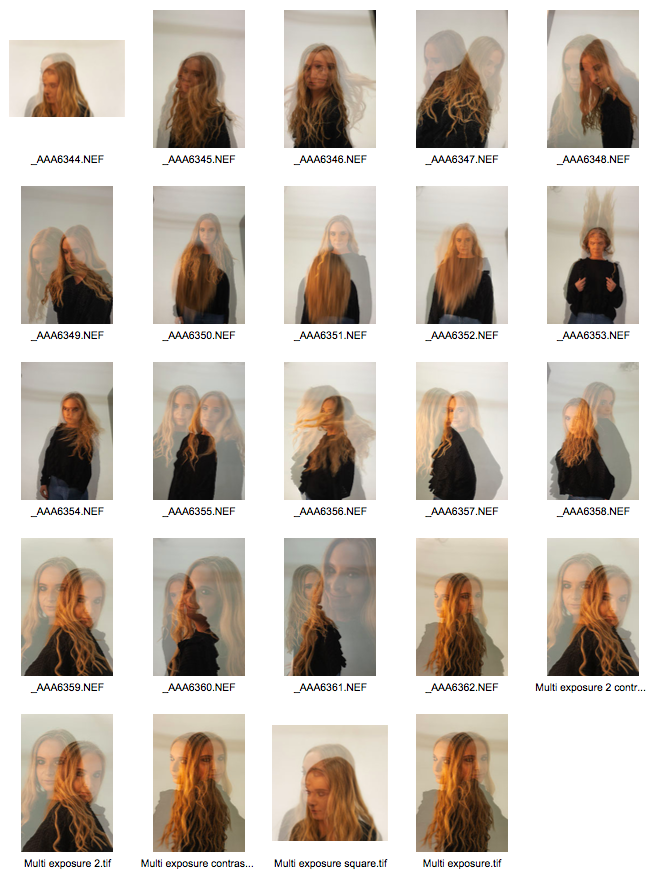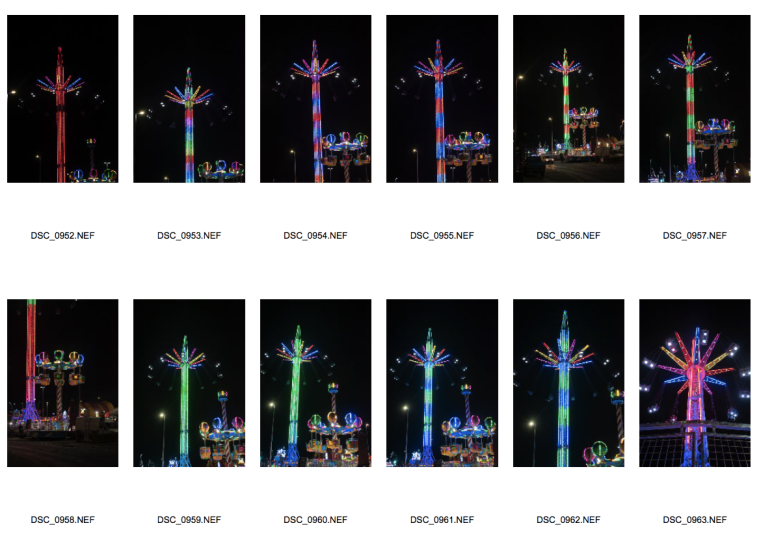Myself and one of my peers were discussing our assignments and we both decided that Blackpool would be a brilliant location to take some photographs for The Enigma of Time assignment. With the seaside resort typically being very popular with tourists, we figured there would be many photographic opportunities to capture movement; my initials plans were to put up my tripod along the promenade and capture the many people walking along the seafront, with the camera on a slow shutter speed to achieve motion blur with the background staying sharp. I also wanted to capture similar images of the fairground rides and attractions in motion along the piers. Another reason for choosing Blackpool in particular was that we were both inspired and intrigued by the work of Martin Parr and his satirical images of working class people enjoying their holidays at similar seaside resorts, and we also wanted to capture the essence of British seaside resorts in our images and maybe even experiment with a similar documentary style to Parr.
So on 18/03/19 we caught the train to Blackpool North station and embarked on our seaside photography adventure. Having kept an eye on the weather forecast the week before, we were disappointed to find that when we arrived it was raining – hard – throughout the entire day. This was concerning because we had planned our shoot and didn’t want to damage any of our camera equipment, but also because there was hardly a soul around or along the promenade, which was an essential ingredient for the images we wanted to capture! We decided to begin by exploring one of the indoor amusement arcades for photo opportunities while keeping ourselves and our cameras dry. As soon as we walked through the door of the well known Coral Island amusements, we were greeted with an ideal ride for me to photograph for the kind of images I was after. Although I was nervous to set up my tripod in a public place, I set up my equipment facing a children’s train ride which had an interesting angle as the train went up an incline in the track. I was conscious of appearing strange from photographing a children’s ride, but my intention was for the train to be considerably blurred so none of the children would be identifiable anyway, and would have explained this had anyone asked. Typically once my equipment was set up, the few families that were around had moved on and so I had to wait patiently for another person to board the train. During this time I took a few test shots to find the appropriate exposure and focal length. It was difficult at first to get the timing and focus right, but after a while I think I managed to get some successful images. The only downside was that surrounding the ride were lots of obstructions such as signs, other attractions and pillars within the structure of the building, and so when editing these images I made a tight square crop to remove any distracting elements in the foreground and ensure the viewer’s focus would be on the motion blur of the train. Once I was happy with my shots, we moved on around the arcade; I decided to try and capture the movement of a classic British arcade game, the 10p slot machine, but the movement of the tray of coins was only quite small and the images didn’t look particularly effective. Due to the small number of people that were around, not many of the other machines were in action or seemed like they would provide an effective image, and so we took a break to think about what to do next. During this time I took a moment to take in my surroundings and my thoughts turned to Martin Parr; a couple with a young child appeared nearby and I quickly took the opportunity to take a candid photo of them enjoying the amusements, improvising by using the top of the machine behind to keep the camera steady as I didn’t have enough time to set the tripod back up before they moved! I didn’t want to seem invasive and so I then turned around and saw another person playing on the slot/gambling machines towards the adults area, and quickly snapped a picture of that side of the arcade, too. Then I realised I had just caught two juxtaposed images – one of the family side and one of the adult side – and thought that this would be an ideal context for a constructed image/multiple exposure!
After visiting a number of other arcades that were either completely quiet or the rides weren’t suitable for an image, we took a walk along one of the piers to see if that area was any more lively. Unfortunately it was just as quiet, but looking over at the iconic tower, I noticed the road along the bottom and thought I could possibly capture an interesting image of the dominating tower, with the movement of the cars passing below it. And so I set my tripod up outside; the exposure needed to be completely different here as the sky was very bright and overcast, compared to the darkness of the arcade, and so I spent a while experimenting and trying to get the shutter speed right. I got the shots but from my position it proved difficult to get the road in a prominent position within the composition while also getting the tower in shot, and so the images don’t really point towards the intention of capturing the movement of the cars unless you look closely. I then tried to get another image of moving cars by pointing the camera towards the exit of the pier, where the road could be seen with a stereotypical sign featuring a donkey hung above the doorway, and caught a couple of shots of cars driving past, almost illustrating the people leaving the resort under the sign saying “thank you for coming, see you again soon!” With the elements being against us, this marked the end of our trip and any more photo opportunities; although the shoot wasn’t as successful as we anticipated, I have been able to practice using my equipment and capturing movement, become more confident with photographing in public, and caught a couple of images that I think could be effective with some editing post-shutter.
This slideshow requires JavaScript.

Probably the most successful image from the shoot, with a tight crop focusing on the ride itself



















































